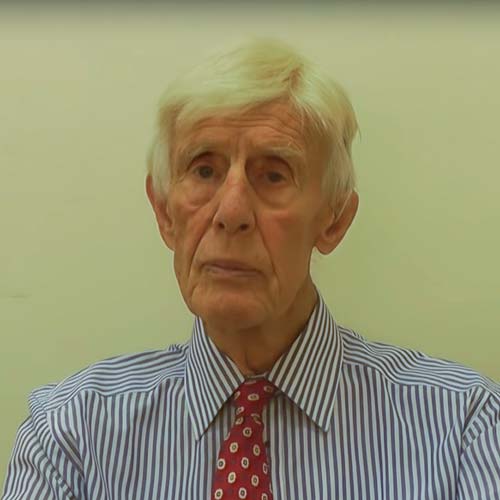All humans like other mammals are very similar at conception but develop differently due to a range of influences.
Early research on twins showed that there is far greater variation in the facial skeleton than any other part of the body. I believe that this is because dental occlusion needs to be perfect and this is beyond the ability of the genes to control. I discuss this in my paper on the Tropic Premise (1981) and suggest that there has to be a growth adjustment mechanism that allows the teeth of all mammals to meet perfectly. So the teeth just push (my Tooth Eruption Mechanism Hypothesis) and are guided into position by very light contact forces from the tongue, lips and cheeks. The maxilla and mandible on the other hand grow in response to posture alone. Forward if they are in contact and down if they are apert or to one side if they are held there.
Universities are only interested in what they can measure, so largely ignore posture. The research they do mostly measures the contrasts in development between various tissues in response to different circumstances. The large number of possible variations create huge contrast between individuals making it almost impossible to study what causes what. This further confused by the frequent failure of clinicians and research workers to separate causative, resultant and co-incidental factors. As a result our knowledge base has hardly advance in the last 100 years.
The final flaw is in the research method. Because orthodontists are convinced that genetics plays a significant part in malocclusion they insist on large studies to reduce inherited variations. This needs large numbers of clinicians the majority of whom are students. Inevitable some will be better than others. Their material is usually from university ‘banks’ of previously treated cases where bad results are not usually saved, so retrospective studies based on this material is suspect.
RCTs are more popular where efforts are made to randomise the patients included but again large numbers of clinicians with varied skills results in few of them achieving “Highly Significant” results. Systematic Reviews of previously published literature are also popular but rarely provide Highly Significant results. In my view Prospective Clinical Studies are much more likely to show significant results. These can be quite small 20 or even ten cases can give a clear result. Their big advantage is that there can be no cheating as the final results are included. These have resulted in heads or orthodontic departments being dismissed and so are unpopular at universities. In every case I have used them Orthotropic treatment has been shown Highly Significantly better.
